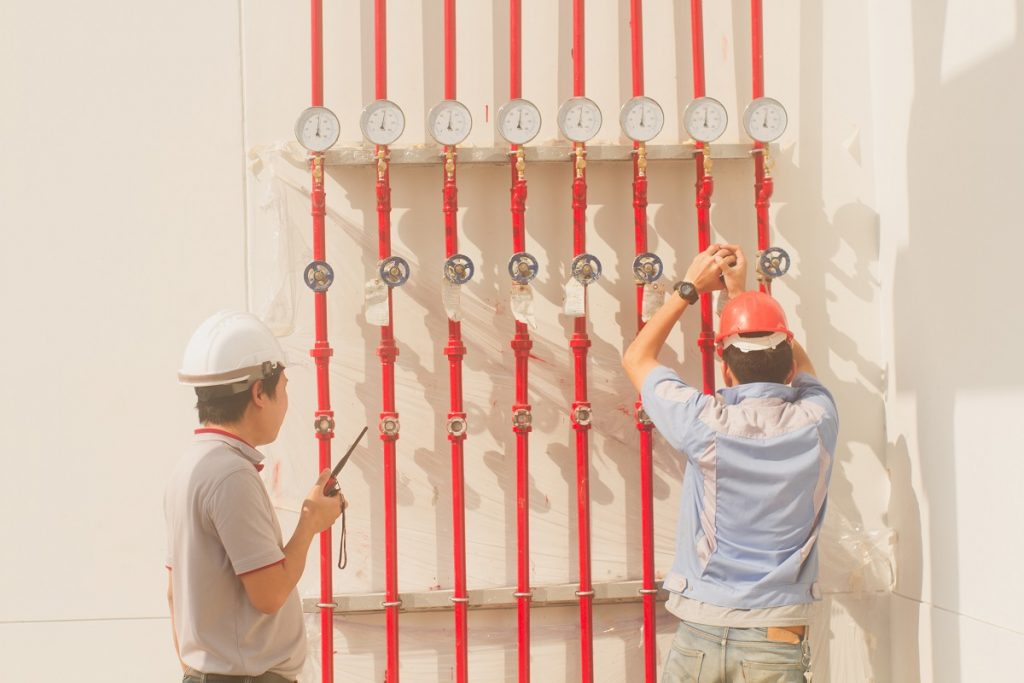Professional intervention may not be necessary to fix a lot of sprinkler system leaks, and you can save a lot if you do it yourself. Here are some steps to follow to repair a leaking sprinkler system.
Locate the leak
You may locate the leak by checking for sprinkler heads that are not working or have very low water pressure. It could also be somewhere between a working sprinkler head and some non-working ones, especially if the spot stays soggy and wet.
Get ready to dig
Do not start digging immediately after locating the leak. There might be underground service lines on your property, so make sure that you contact the utility company (or Dial Before You Dig) before you pick up the shovel. If there are service lines on your property, wait until their representative marks the lines. This is necessary to avoid damaging any electrical, water, gas, and cable lines. This service is usually free of charge.
Dig until you find it

Once you have located where the leak might be coming from and made sure that you are not going to hit any utility line, turn off the water at the water main then dig until the pipe is exposed. Turn the water back on to see the leak, then mark that part of the pipe and turn the water back off.
Prepare to repair
The tools you might need are a pipe wrench, a screwdriver, and a stanley knife or a pipe cutter. Prepare your PE pipe fittings as well. Pipe clamps and barbed fitting are commonly needed to fix a leak in a PE pipe.
Plan how you are going to cut out the leaking portion of the pipe. As much as possible, try to avoid shortening the pipe on more than one side of a pipe fitting, since you may not have enough room to work with.
Cutting the pipe and installing the fitting
Once you have decided on how to cut the pipe for the repair, cut it in half at the hole of the leak. Usually, a 10-15mm section needs to be cut out for the pipe fitting to fit.
Put the pipe clamps on the pipe, then insert the barbed fitting. Push one end of the fitting into the pipe as far as it could go. To soften it a bit, try heating up the pipe by dipping it in hot water. Alternatively, you can lubricate the barbs with liquid soap to push the fitting in. Once done, lift both ends of the pipe, align the other end of the fitting to the opposite pipe, then push the fitting into it.
Tightening the clamps
Slide up the clamps to position them over the barbs. Tighten each clamp with a screwdriver until they are secure enough and do not move around.
Turn on the water to check for leaks and tighten the clamps more in case it leaks. Upon making sure that nothing is leaking, backfill the dirt and be careful not to disturb the fittings.
Be quick to repair your pipes once you suspect a leak. Not fixing a leak immediately could cause your water consumption to increase and even damage your property.




